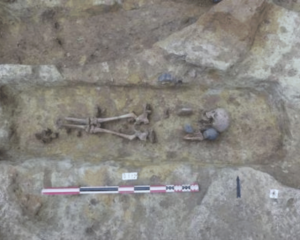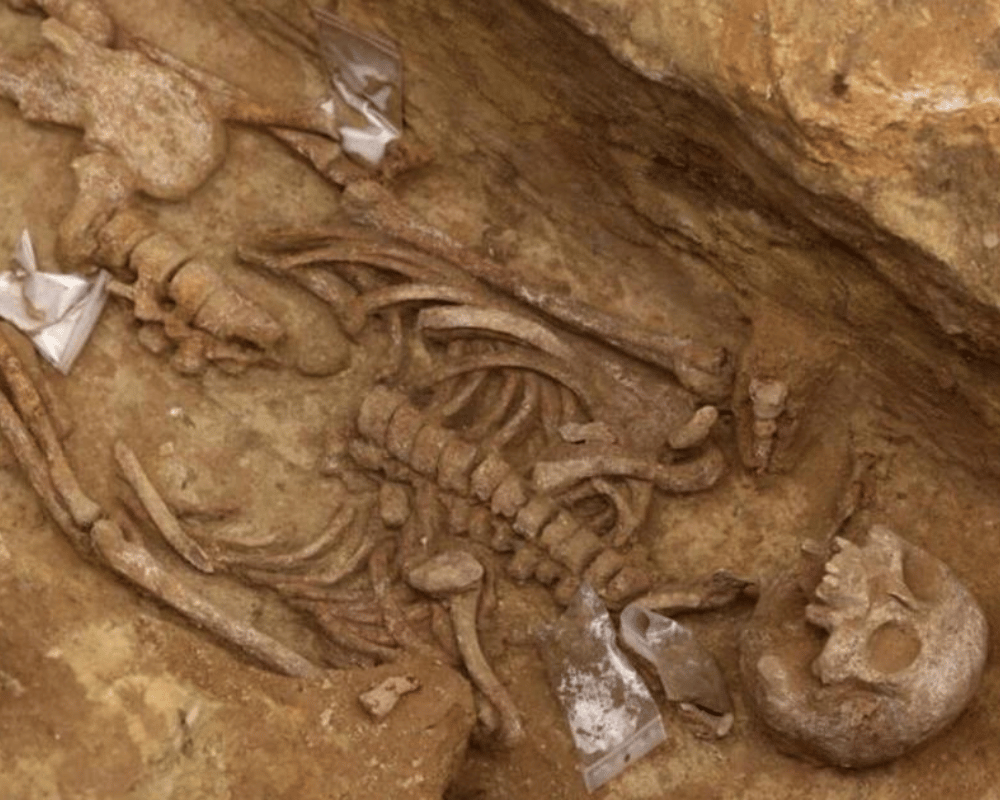Researchers have found 50 graves that provide a glimpse of life in the thriving big city approximately 2,000 years ago.

In an ancient catacomb next to a busy train station in Paris, France, archaeologists have discovered 50 graves. They are thought to originate from Lutetia, the city that preceded modern-day Paris.
The 50 graves’ site, next to the Port-Royal train station in Paris, was never found during any of the many road-building projects that took place over the years or when the station was built in the 1970s.
According to a press release from the National Institute of Preventive Archaeological Research (INRAP) in France, the discovery was made as a result of an archaeological dig that was sparked by plans for a new exit for the railway station.
The March excavation found skeletons that had been resting in wooden coffins, of which only the nails and a few little pieces of wood were left.
Some of the skeletons were laid to rest beside offerings such as plates, glassware, coins, shoes, jewellery, and among them was a full skeleton of a pig and a smaller animal, each of which were supposed to be sacrifices to the gods.
Who are Lutetia of 50 Graves?
Lutetia is an ancient Roman city and island in modern France. Lutetia Parisiorum was the capital of the Parisii, a Gaulish tribe.

The Parisii were a Middle Seine tribe, and Lutetia was one of their major settlements. It was on the river’s south bank.
The Roman leader Julius Caesar selected Lutetia, which was perhaps founded in the mid-third century BCE, as the site of the Gallic tribes’ conference in 53 BCE.
In Late Antiquity, Lutetia was eternally identified with Genovefa, better known as Saint Genevieve.
The city grew quickly. The pillar of the whalers”), which must have stood in one of the temples on the island and was painted with pictures of several deities, both Roman and Gallic, is one of the monuments of this early period and possibly the most famous monument of ancient Lutetia.
Also read other articles from NorthBridgeTimes.com

